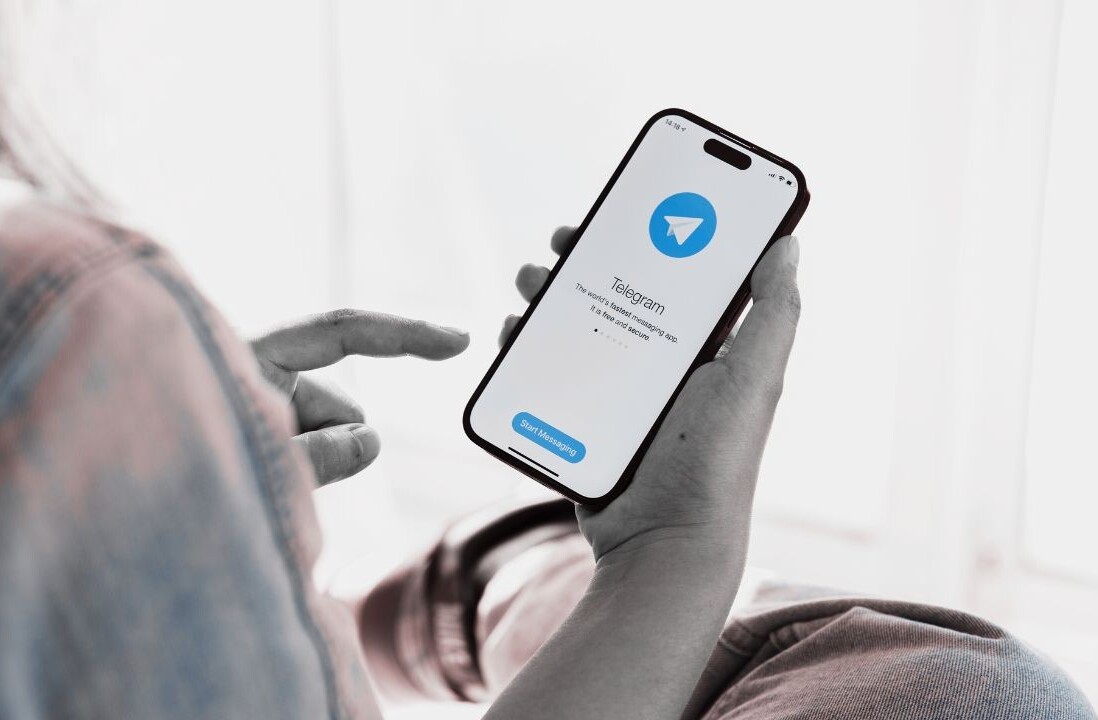
Justin Zhu is the CEO of Iterable, an all-in-one email platform. He previously worked on the Growth engineering team at Twitter.
When planning your marketing mix, the most important component is email. Why? Because it’s the easiest way to reach people, considering that 85 percent of the world and 91 percent of the US have an email address and check their inboxes daily. It’s also the digital marketing workhorse that generates the highest ROI, outperforming social media and even direct mail! If you’re trying to be hip, sure, you can fire up an Instagram or Snapchat account. However, if you’re actually trying to make some money, turn to good ol’ reliable email.
You probably have a bunch of questions on how to jump start an email campaign. When should I email people? How do I build my list? How can I do this efficiently? After reviewing thousands of email campaigns as the CEO of an email marketing company, I’ve come up with these six indispensable rules for building a killer email program. They will help you to maximize subscriber rates, engagement and ROI across your campaigns.
1) Map out the customer flow
Once upon a time I worked on the growth engineering team at Twitter. We were tasked with building something that could turn new signup users into die-hard Tweeters. The secret sauce to user activation was…email! But before we knew when to use email, we had to map out the Twitter user journey.
Looking closer into the data, we noticed that Twitter users became long term loyalists when they achieved a certain number of mutual follows. As a result, we developed a series of emails that would encourage users to find their friends on Twitter and suggested other users to follow. The email below was sent every 4-7 days to a user until they hit the critical number of mutual follows.
I advise every company to start by creating a map, because without understanding how your users interact with your product or website, you really have no idea how to communicate with them using email. As you learn more about your users, continuously make the map more detailed until you find that inflection point or points. Once you uncover the sweet spot, use email as your secret weapon to push users towards that inflection point, whether it’s becoming a core user or a recurring customer.
2) Master the balance of building your list, while not asking for too much
You’re ready to begin building your email list and customer base. You’ve also heard that the more info you have on a customer, the better. Besides, how are you supposed to create highly personalized email campaigns without any data on a user? Before you start pushing sign up forms with 20 form fields to all of your website visitors, you must first understand that customer intelligence should be built over time.
Customers will not immediately tell you their entire life history without first getting to know more about your business and what you plan to do with their delicate personal information. Birthdays and marital statuses can wait. What you want initially is just to gently ask a person to opt in to your mailing list.
You can just ask for an email address with a simple pop up when a person visits your website. But, the best companies give something valuable or fun in exchange for someone’s email address. For example, Pinrose, a company that sells unique perfumes, designed a multimedia scent personality quiz for website visitors. The user must enter their email in order to get their results.
Don’t have time to create an interactive quiz? Hey, a coupon for their first purchase is also pretty good too.
3) Embrace marketing automation
People say marketing automation isn’t personal and ruins your brand reputation with robot-like communication. I’m going to argue that it actually makes your communication more personal because it can be used to send messages based on individual behavior. Marketing automation makes it so that no two people receive the same messages.
Remember that customer flow map you built in step one? Event-based marketing automation can be used in every part of that map to encourage customers to do exactly what you want. A welcome email series can activate new users and teach them about your business and how to get the most out of your product.
To stimulate revenue, set up browse abandonment or shopping cart abandonment campaigns; an email with a summary of the items they looked at during their browsing session or left behind in their cart can remind customers to complete a purchase. For current customers, use marketing automation to send post-purchase surveys to help gather feedback and improve your product.
Rocksbox is like a “Netflix for jewelry” that’s using marketing automation in a very special way. First they send out a set of designer jewelry to their customers. Then, users ship back their box whenever they want to receive a new set, allowing them to access unlimited pieces of jewelry. If a box hasn’t been returned after 60 days, Rocksbox sends a reminder email asking the customer if they’d like to switch up their set. It’s a friendly way to nudge customers to exchange their current jewelry set for a new one.
4) Offer value with every touch (Eat24)
You don’t need a reason to call grandma, but you should have a reason for sending an email to your subscribers. Promotional blasts are the bread and butter of ecommerce companies, and I’m not saying they’re a bad practice, since they do generate revenue. But, before you send another marketing campaign, you should always ask yourself, “Will my customers care?” The answer of course should always be, “Yes!”.
Eat24 is an example of a company that sends value-stuffed blast campaigns. Every Friday, the food delivery website sends out an email with a $2 off coupon to their users. The email provides far more value than the $2 coupon it carries. Every line of text in their emails, down to the fine legal print is hilarious and a complete joy to read. Even if you love to cook, wear pants and avoid delivery at all costs, I still suggest you sign up for their emails because they are just that good.
5) Recognize lapsed users and bring them back (Memebox)
Customers sometimes leave. While some loss is inevitable, others are absolutely preventable. A bad marketer doesn’t know who has left or who is about to leave. A good marketer recognizes the signs of churning and targets those users with the perfect message to bring them back.
To become a good marketer, first recognize the signs that someone is about to leave. Perhaps they haven’t logged in for some time or they haven’t opened or clicked any your emails in over 90 days. A good segmentation tool can help you identify these users. The next part is to design the perfect offer to bring them back.
Memebox is an online Korean beauty market that re-engages lapsed users on a monthly basis with an offer for 15 percent off. They classify a lapsed user as anyone who has not made a purchase in the past 30 days. Their highly effective re-engagement campaigns receive open rates that range from 28-37 percent and earns about $0.12 per email.
When designing your re-engagement campaigns, be sure to keep two things in mind: what are the signs of a lapsed user and what can you offer to bring them back?
6) Perpetually tinker with A/B testing
Email campaigns, like fine art or software, is never finished. There will always be something else you can do to improve the performance of a campaign. When looking for an email platform, find one that allows you to A/B test any part of your email.
To increase open rates, try changing up one of these variables:
- Sender name (Female vs male name? What about your CEO’s name?)
- Send time (Maybe your emails will get more opens if you send them during lunch time?)
- Subject line (Long vs. short. What about adding emojis or inserting the recipient’’s first name?)
- Preheader (It’s the message shown after the subject line in the inbox view. Use it or lose it!)
And for click-through or conversion rates (purchase or specific action), try changing one of these variables:
- Call to action text (Will “Buy now!” or “View now” work better?)
- Button colors (Green means go, but red screams desire.)
- Testing different images and creatives (JPEG vs GIF vs video screenshot?)
Dot & Bo, a home furnishings ecommerce company, is constantly experimenting with their email campaigns. In the past year they’ve tested and tweaked the sequence and content of their new user welcome series emails. They also varied the subject line length in their daily design inspiration emails. Turns out, shorter can be better. They’ve also tinkered with adding coupons to their cart abandonment campaigns.
This attitude that “nothing is ever perfect!” is what has helped Dot & Bo to continuously grow both their subscriber base and their email revenue.
Hopefully you are now convinced of the incredible benefits sending email. While it may be a tougher marketing channel to master, if you keep these six rules in mind, you’ll be on your way to successfully growth hacking the inbox.
Get the TNW newsletter
Get the most important tech news in your inbox each week.










